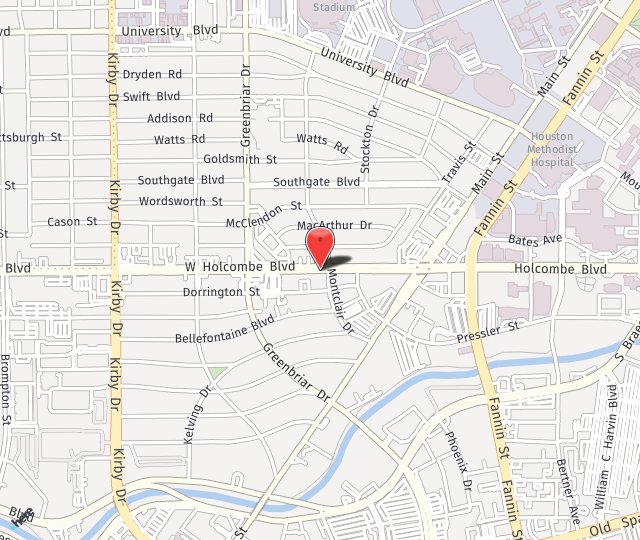Houston TMJ Dentist, Ronald W. Konig DDS, FAGD, LVIF explains the differences between several dental sleep appliances. The main differences between effective and not as effective appliances are determined upon: how the fit of the appliance is determined, what tools and analysis are utilized in forming the appliance to the individual’s bite, airway, and how the rest of the mouth especially the tongue is affected.
FIT: The first big difference is how the bite or the position for the appliances is taken and considered. Most dentists have their patient protrude their jaw forward and then take an arbitrary bite. This can cause many problems including TMJ issues. Additionally, if the patient has a long soft palate, this will make the snoring or apnea worse.
TOOLS & ANALYSIS: Secondly, utilizing 3D scans to fully comprehend and observe the mouth and airway allows Dr. Konig to plan accordingly in a more precise and exact manner. The use of computerized analysis allows us to objectively measure what is happening so as to best place the bite where the muscles and airway are relaxed. This translates into an appliance that is not so far protruded and the results have been amazing with very few adjustments needed.
MOUTH AS A WHOLE: Lastly, the size of the appliance can have adverse effects on the jaw and the tongue. Common to almost all other appliances, the largeness of the appliance on the tongue side forces the backwards which is counterproductive. To address and hopefully alleviate this problem, the new design of the Somnadent has very little on the tongue side of the appliance. Furthermore, a new appliance is in the works and should be FDA approved in June. This will, in my opinion, set the standard for new appliances. I am very excited about this as well.

